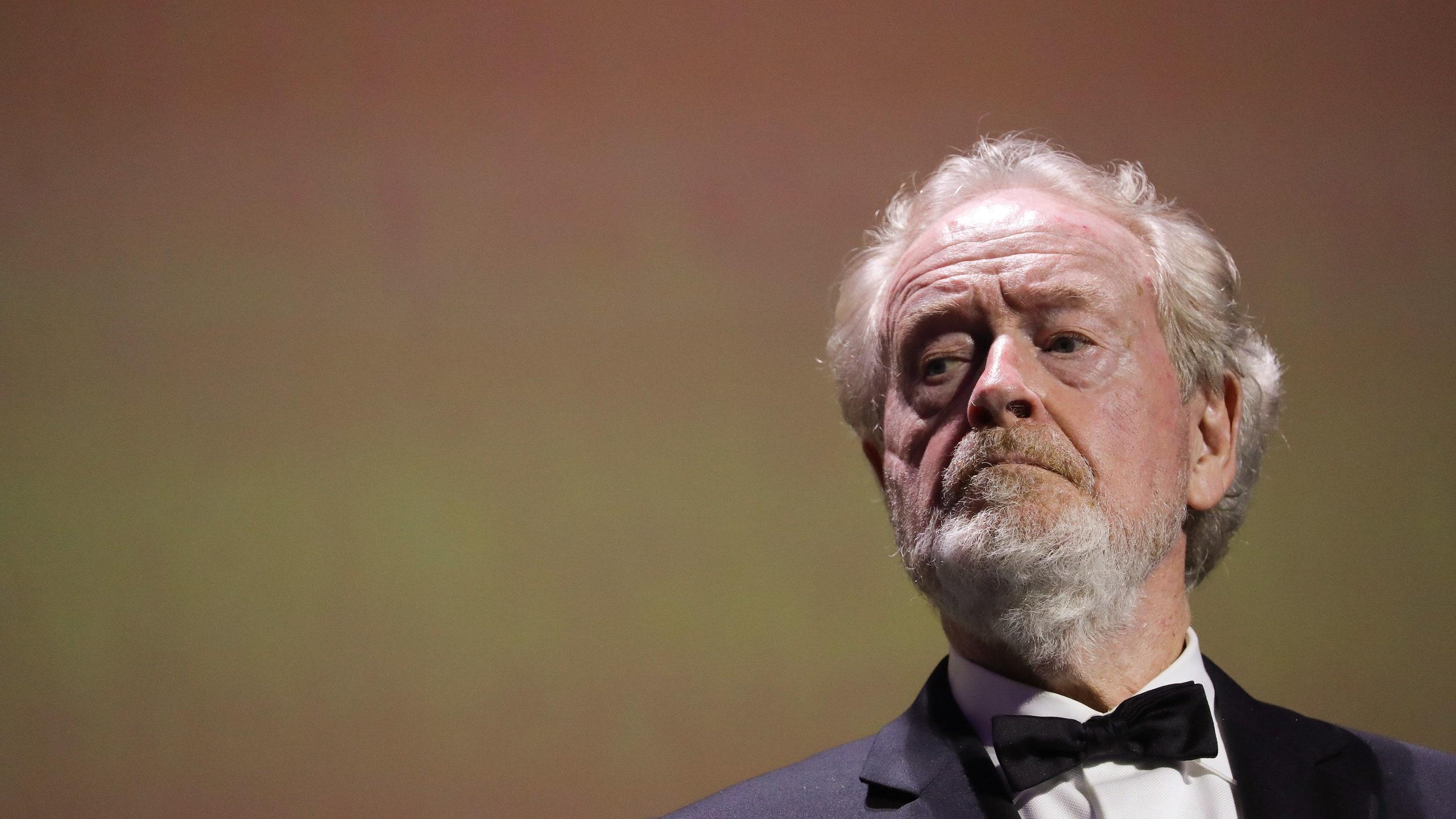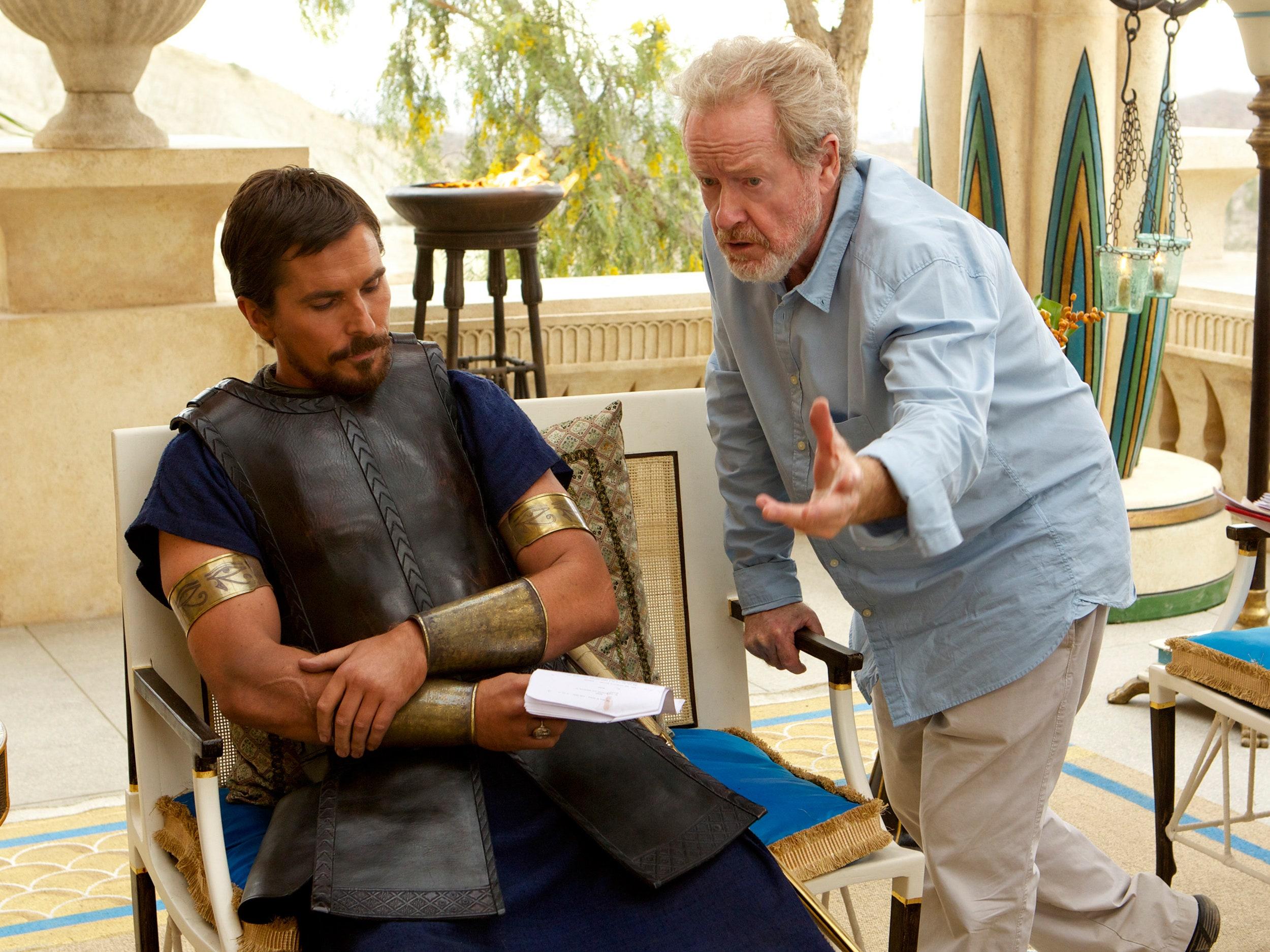Ridley Scott stands as a towering figure in the realm of modern cinema, renowned for his unparalleled ability to weave intricate narratives within the expansive genres of science fiction and epic storytelling. From the dystopian landscapes of “Blade Runner” to the mythic grandeur of “Gladiator,” Scott’s films have captivated audiences and critics alike, leaving an indelible mark on the cinematic landscape. This article delves into the distinctive elements of Scott’s directorial prowess, exploring how his visionary approach to visual storytelling, meticulous attention to detail, and profound thematic exploration have cemented his legacy as a master of both sci-fi and epic narratives. By dissecting his most iconic works, we aim to uncover the techniques and influences that define Scott’s unique contribution to these genres, offering a comprehensive analysis of his enduring impact on the art of filmmaking.
Exploring the Visual Aesthetics and World-Building Techniques in Ridley Scotts Films
Ridley Scott’s films are renowned for their striking visual aesthetics and intricate world-building, which have cemented his reputation as a master storyteller in both the sci-fi and epic genres. His unique approach often involves a meticulous attention to detail and a dedication to creating immersive environments that transport audiences into the heart of his narratives. Scott’s films often blend futuristic and historical elements, creating a timeless quality that challenges and engages viewers.
Several techniques stand out in Scott’s visual storytelling toolkit:
- Layered Cinematography: Scott often employs complex layers in his shots, using light, shadow, and texture to add depth and dimension.
- Innovative Set Design: From the gritty streets of futuristic Los Angeles in “Blade Runner” to the expansive deserts of ancient Rome in “Gladiator,” Scott’s sets are meticulously crafted to support the narrative.
- Symbolic Use of Color: His strategic use of color palettes conveys mood and theme, subtly guiding the audience’s emotional response.
- Attention to Detail: Every element, from costumes to props, is carefully chosen to enhance the authenticity of the worlds he creates.
These techniques, combined with his visionary storytelling, allow Scott to construct worlds that are not only visually stunning but also rich in narrative depth, making each film a compelling exploration of human experience.

Dissecting Narrative Structures and Character Development in Scotts Sci-Fi and Epic Works
Ridley Scott’s approach to narrative structures and character development is an intricate tapestry woven with both subtlety and grandeur. In his sci-fi masterpieces, such as “Blade Runner” and “Alien“, Scott employs non-linear storytelling to create an atmosphere of mystery and depth. The narratives often unfold in layers, inviting audiences to piece together the storyline through visual cues and character interactions. This technique not only immerses viewers in a complex world but also allows for a deep exploration of existential themes and moral ambiguities.
In his epic works like “Gladiator” and “Kingdom of Heaven”, Scott crafts characters that are both larger-than-life and profoundly human. These characters are often defined by their internal conflicts and moral dilemmas, which drive the narrative forward. Key elements of his character development include:
- Complex motivations: Characters are driven by a mix of personal ambition, duty, and emotion.
- Transformation arcs: Protagonists often undergo significant personal growth or change.
- Moral ambiguity: Heroes and villains alike are portrayed with shades of gray, challenging traditional archetypes.
By blending intricate plotlines with richly developed characters, Scott creates stories that resonate on both an intellectual and emotional level, cementing his status as a master storyteller in both genres.

Understanding the Use of Technology and Practical Effects in Enhancing Storytelling
Ridley Scott’s films are a testament to the seamless blend of cutting-edge technology and traditional practical effects, each playing a pivotal role in storytelling. In classics like Blade Runner and Alien, Scott utilizes these tools not just for spectacle but to serve the narrative, building immersive worlds that feel both futuristic and tangibly real. His use of technology is not limited to CGI but extends to innovative set designs and meticulous attention to detail in props and costumes, enhancing the believability of his cinematic universes.
Key elements of Scott’s approach include:
- Integration of Practical Effects: Utilizing miniatures, animatronics, and real-world sets to ground his stories in reality.
- Strategic Use of CGI: Employing digital effects to expand the scope of his worlds without overshadowing the human element.
- Attention to Atmosphere: Crafting ambient soundscapes and lighting to evoke emotional responses and deepen audience engagement.
Through this combination, Scott not only pushes the boundaries of visual storytelling but also ensures that technology serves the narrative, not the other way around.

Evaluating the Impact of Ridley Scotts Directorial Choices on Genre Evolution
Ridley Scott’s directorial prowess has significantly shaped the landscape of both science fiction and epic storytelling, introducing innovative techniques that have influenced filmmakers for decades. His ability to blend visually stunning aesthetics with profound narrative depth has set a new standard in genre filmmaking. In science fiction, Scott’s work on films like “Blade Runner” and “Alien” has established a distinctive style characterized by a seamless integration of dystopian themes and atmospheric tension. These films not only pioneered the cyberpunk aesthetic but also elevated the role of production design and special effects in storytelling, creating immersive worlds that challenged and expanded the audience’s imagination.
- Visual Realism: Scott’s attention to detail in set design and lighting has brought an unprecedented level of realism to fantastical settings.
- Narrative Complexity: His narratives often explore existential themes, prompting viewers to question reality and identity.
- Character Development: Scott’s characters are deeply nuanced, often reflecting the complexities and moral ambiguities of their environments.
In the realm of epic storytelling, Scott’s films like “Gladiator” and “Kingdom of Heaven” have redefined the historical epic by emphasizing authenticity and emotional resonance. His meticulous research and dedication to historical accuracy have brought ancient worlds to life with vivid clarity, while his focus on character-driven narratives ensures that these grand tales remain grounded in human experience. Scott’s unique ability to balance spectacle with substance has not only entertained audiences but also inspired a generation of filmmakers to pursue bold and ambitious projects within these genres.
The Conclusion
Ridley Scott’s contributions to the genres of science fiction and epic storytelling stand as a testament to his unparalleled vision and craftsmanship. Through a meticulous blend of visual innovation, narrative depth, and thematic exploration, Scott has consistently pushed the boundaries of cinematic experience. His films, from the claustrophobic tension of “Alien” to the expansive grandeur of “Gladiator,” showcase a mastery of storytelling that resonates with audiences and critics alike. By examining his work, we gain insights into not only the mechanics of effective filmmaking but also the cultural and philosophical questions that underpin human experience. As we continue to explore the landscapes he has crafted, Ridley Scott’s influence remains a guiding force in the evolution of film, inspiring both current and future generations of storytellers.
